Ultimate Guide to SEO Reporting
At its essence, SEO performance tracking could show how the strategies perform across the board. Visualize sitting across from a client and confidently explaining how your SEO efforts have improved their bottom line. This possibility becomes a reality with a robust performance tracking and reporting strategy.

A marketer has refined a client’s website with search engine optimization for a few months. Although organic traffic has increased, the client is concerned about the ROI. Without reliable SEO data monitoring, it’ll be challenging to justify efforts. With an effective plan, you can come into meetings ready to illustrate how your work directly benefits their business.
What is SEO Reporting?
This report is a concise breakdown of the key SEO metrics that show a website’s performance. The reporting process often features critical indicators such as backlinks, technical website health, organic traffic, keyword rankings, click-through rates (CTR), conversions, etc. A comprehensive report relies on multiple metrics to measure when it’s on the execution of SEO efforts and change a marketing strategy.
The Role of SEO Reports in Search Engine Optimization
These reports are valuable assets for informing and improving SEO strategies. It provides crucial insights into the website’s organic search execution and identifies areas for optimization. Analyzing activity and website data allows you to keep track of algorithm indicators and the technical health of a client’s website.
An effective SEO audit report can increase the visibility of a business partner within an organic channel by clearly displaying the impact of circulated efforts, emphasizing accomplishments, and suggesting areas for further content or technical optimization.
With an SEO audit report, you could demonstrate the results of invested time and labor to clients, stakeholders, and supervisors. It also enables marketing teams to align with SEO marketing and schedule content to ensure you’re on pace to reach objectives.
Key SEO Metrics to Track
A client’s key performance indicators (KPIs) are quantitative values that define how well content marketing performs. A good KPI gives objective and meaningful data on progress toward a specific goal.

It monitors and assesses characteristics such as efficiency, quality, timeliness, and execution, offering a method for performance tracking over time. The ultimate purpose of KPIs is to assist the management of SEO efforts in making informed decisions.
Metrics That Matter in SEO Performance Reports
Having relevant indicators in place, you can assess how well the SEO campaigns are circulating. Organic search visibility, keyword ranks, click-through rate (CTR), and conversions are all the most common SEO KPIs. You can monitor the state of business operations in the interim. Although metrics focus on the efficiency of particular processes, KPIs enable you to figure out whether you’re meeting overall company goals.
Organic Traffic
It displays the number of people who clicked on a website through search engine results on Google or other platforms. Since organic traffic shows a website’s ability to draw people, it’s likely the most critical performance metric. In addition to informing content strategy, this indicator can give product marketers information on brand awareness.
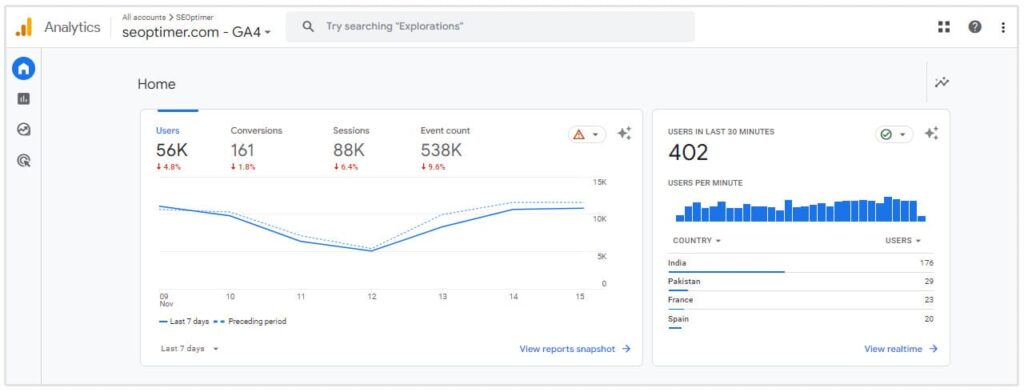
Keyword Rankings
A page’s position in search results for a specific query is known as its keyword ranking. Put another way, it’s the position a client’s URL holds in the search algorithm when a user types in a specific keyword. The figure indicates the term’s popularity level; for example, a term with a 10,000 search volume is far more popular than one with a 50 search volume.
Click-Through Rate (CTR)
A respectable CTR usually falls between 7% and 9%, depending on the sector. This measure, employed in SEO marketing, describes the proportion of visitors to a website that found it through search engine results. Increasing the number of clicks on a page is the aim of SEO, and CTR can show how well a website performs in terms of user engagement and SEO.
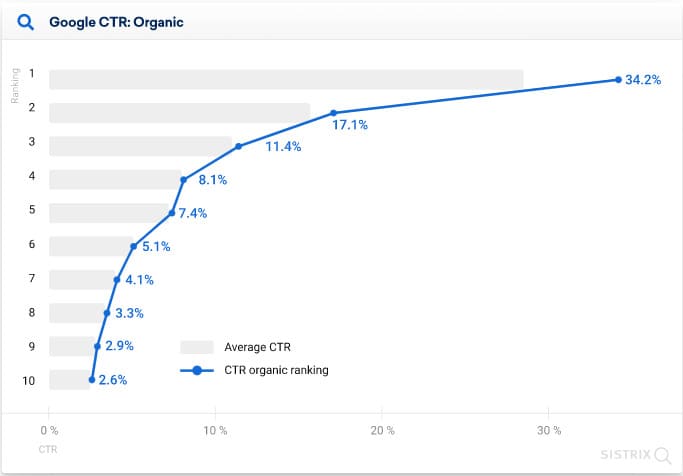
Bounce Rate
It’s the proportion of site visits that result in a single interaction. That is the number of people who visit a page and then depart without looking at any other pages on the website or doing anything of value. Generally speaking, a bounce rate of 40% or less is acceptable, but a bounce rate of 55% or more is regarded as high and can suggest that complex optimization is urgently required.
Time on Page
Based on the average amount of time users spend on the page shows how valuable and helpful the page is. An SEO reporting metric called Time on Page calculates how long users spend on a single page on average. This metric only measures users’ average time on non-exit pages; it ignores exit pages and bounces.
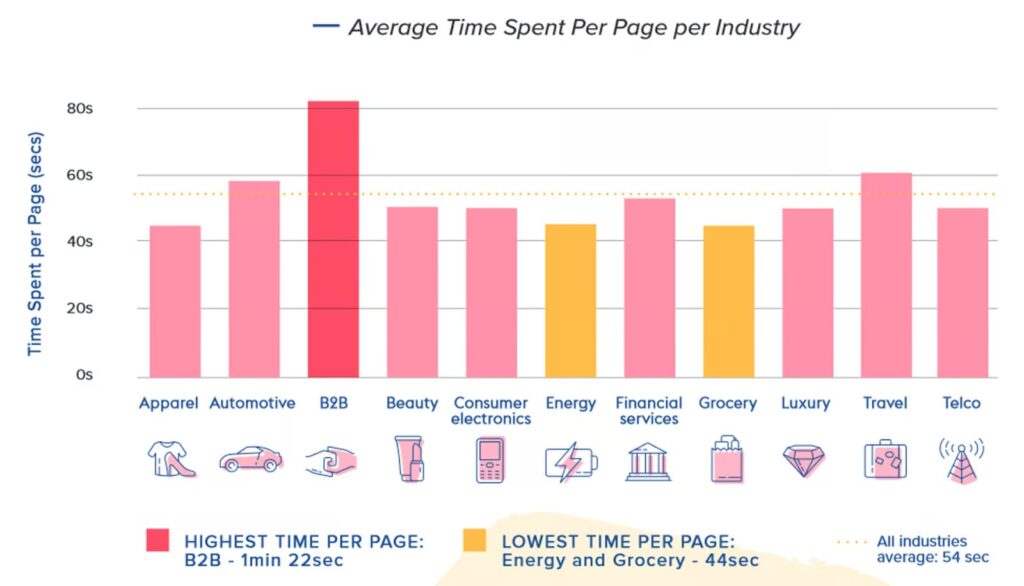
Conversion Rate
This is the percentage of organic visits that take a particular action on the website, such as scheduling an appointment or ordering a delivery. The framework is the same for every other paid or organic channel for SEO efforts. A reasonable website conversion rate ranges from 2% to 5% across all markets. Industry-specific conversion rates vary even more — some industries, such as furniture, have extremely low-performing websites.
Technical SEO Metrics
This optimization aspect is critical because technical SEO directly affects how a website appears in Google’s search results. If target search engines can’t simply access and interpret a client’s web pages, no matter how effective your content marketing, they won’t appear or rank in search. Factors that can affect a website’s ranks are the variables that influence how search engines crawl, render, and index content.
Mobile Friendliness
This term refers to how well a website is designed and optimized for application on a mobile device. A mobile-optimized site, with refined pictures and optimized code, typically loads faster. Therefore, a fast-loading website could enhance user experience and engagement and help a website move higher in crawling algorithms.
Page Speed
Overall, a page gets a score ranging from 0 to 100. Anything less than 50 ranks poorly, while 50-89 requires considerable adjustment, and 90 or more is reasonable. The performance of promptly loaded websites increases user experience, target places, and engagement by reducing visitor wait times. Hence, employing technical SEO to promote a website’s speed is critical to ensuring relevant visitors have an appealing browsing experience.
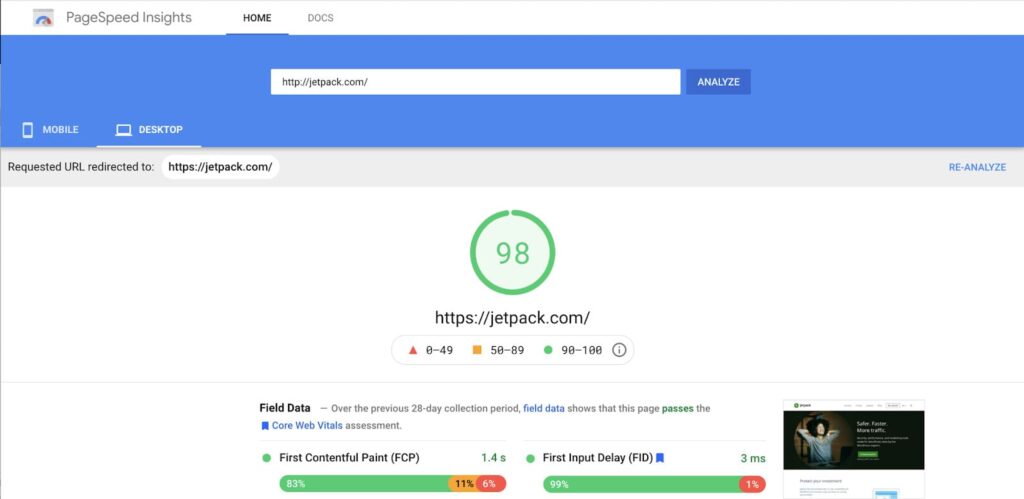
Indexation
In search engine optimization, indexing is the operation by which processing robots organize and store the information received during the crawling phase. It entails establishing an efficient collection of web pages so that Google’s algorithm may obtain relevant results when users enter their queries. It’s essential for gaining visibility since it keeps pages in search databases like Bing or Google.
Crawlability
This measurement is essential for any website that attempts to acquire organic traffic. Crawlability enables relevant engines to crawl pages, process and analyze their content, and add it to the search index. A page can’t be properly indexed unless crawled — they must crawl the website before indexing it. Only after it appears possible to index a property is it qualified to show in search results.
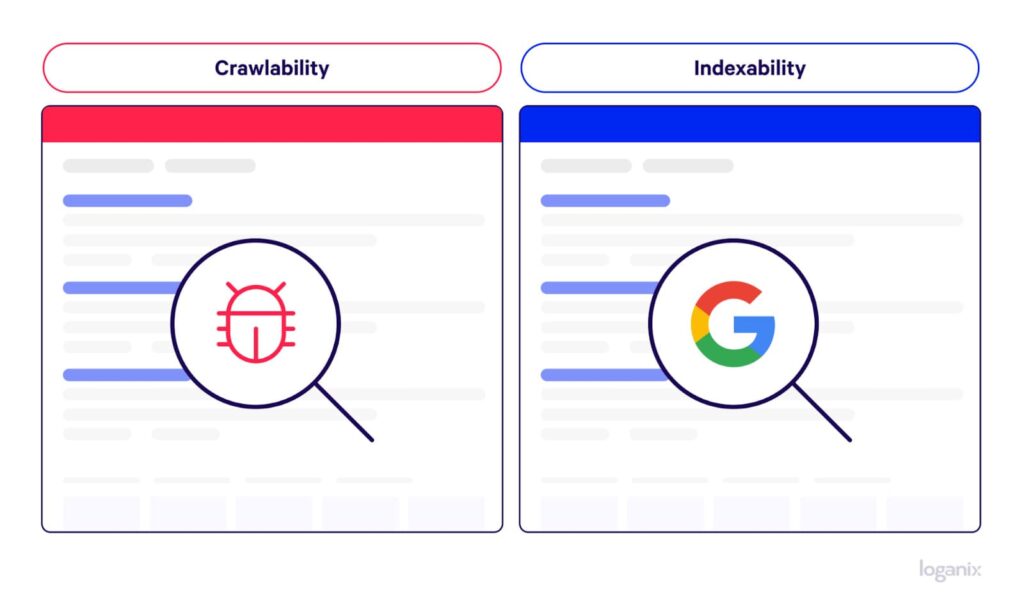
Tools to Enhance the Reporting Process
They monitor a website’s SEO performance. A similar software tells you which marketing strategies or SEO efforts are effective (identifying specific keywords for organic intent, e.g.) and suggests issue fields for adjustments.

SEO tools can be extensions or software that provide vital insights into what people are searching for and how to improve the website placement in search results.
GA4 and Google Search Console
These SEO tools are effective performance reporting frameworks that provide in-depth data about the target audience. Google Analytics offers various advantages, such as cross-platform tracking, increased data control, and AI-driven insights. Search Console could give insight into how Google crawls, indexes, and serves websites. This SEO reporting tool can help owners track and improve search performance.
SEMrush
With SEMrush, you can identify trends in the industry specialty. It evaluates on-page SEO and suggests ways to improve relevant pages. Semrush offers multiple SEO reporting tools to help users better grasp their competitors’ strategies. It provides information on competitors’ keyword statistics, backlinks, and more. This makes it easier to identify their strengths and flaws.
Ahrefs
It’s an SEO software suite that features tools for link building, keyword research, competitor analysis, rank tracking, and website auditing. Most of Ahrefs’ features are intended for marketing professionals; this tool enables users to examine which web pages connect to their websites and assess the quality and relevancy of their links.
Moz
This comprehensive SEO software suite helps you enhance a website’s organic visibility by giving fresh insight and allowing businesses to remain competitive. It’s used to hunt and analyze valuable keywords to incorporate into content campaigns. Marketers could maximize their organic keyword research by identifying terms with high search volume yet low competition long-tail words.
Looker Studio
The studio caters as a free application that transforms SEO performance data into insightful, easy-to-read, shareable, and completely customizable dashboards and reports on your SEO. Looker Studio also enables users to change the images and layouts of their reports; it offers more advanced customization with LookML, which allows more detailed data modeling.
How to Create an SEO Report?
Responsible reporting is critical for proving the benefits of conducted SEO labor. Whether you’re a business owner, marketer, or personal specialist, knowing how to show results could critically impact decisions and approaches. Mastering these aspects enables you to transform complicated data into meaningful insights that drive continuous improvement in a professional SEO approach.
Set Clear Objectives and KPIs
Well-defined growth objectives should support the data in the SEO report. Define goals to work towards, and then offer statistics showing the results of long-term efforts. Period-to-period performance comparisons enable you to compare a website’s productivity to past months or years; SEO reports could tell how the site has changed over time. Structuring data in time comparisons makes it possible to assess performance and identify how the website has evolved and developed.
Gather and Analyze Data
This provides a better insight into how consumers engage with a website. Segmenting specialized groups for relevant data helps to grasp which term drives the most traffic, which areas perform well, and which user interacts with a page the most. After you’ve gathered and organized data, determine how the team can use this information to improve SEO strategies.
Design an Intuitive Report Format
You and the team will review your SEO report frequently, so make sure the data is presented logically and well-organized. If the team’s layout is consistent, changing it is unnecessary. Grasp whether you desire a slide template or a written SEO report. Consider the data visualizations you’ll utilize, including a brand’s logo and colors, so the report feels personalized.
Visualize Data Effectively
Proper data visualizations capitalize on clarity over complexity. The idea is to place data concisely and intuitively. Consider a bar chart that depicts monthly sales numbers for product categories. Instead of using too many labels, utilize unambiguous axis names and color-coded bars — simplicity fosters comprehension. Marketers can allocate budget, time, and effort more wisely by highlighting data points associated with successful initiatives.
Write Clear and Concise Explanations
In SEO reports, providing results is needed more than simply giving data without context. Your SEO report should cover all efforts you’ve made to promote ratings, organic and inorganic. Explain to a client what factors influenced the data and how it could be adjusted. Give the team examples of what the data means and how you can use it to enhance corporate SEO and efforts.
Types of SEO Reports for Different Needs
Reports should contain the present and predicted impact of modifications as part of their overview of completed work. This sets customer expectations and explains how ongoing technical optimization could assist their website’s visibility and traffic growth. Templates save time by reducing the need to prepare reports from scratch and automating reporting, resulting in a more efficient finish.
SEO Performance Reports for Executives
Consistent reporting allows you to see the same numbers weekly, month after month. You don’t want to keep adding measures or changing KPIs, so choose KPIs that you can stick with over time. Only report on the SEO measures that are most critical to your executives. Try to avoid weighing down the SEO report with details.
Detailed Technical SEO Reports for Specialists
Priorities should also be established based on the client’s objectives and the site’s specifications. For issues raised in the SEO report that still need to be resolved, a timeline of expected progress by priority must be presented. It entails identifying areas that require immediate attention and explaining why some items should be prioritized above others.
Local SEO Reports for Multi-Location Businesses
The correct method to keep loyal customers is to show that your efforts have a solid impact on their operations. However, there will likely be times when authority-building, testing, or analysis must take center stage. Local SEO clients can’t grasp why these actions are necessary if they don’t directly influence their results.
Best Practices for SEO Reporting
The best practices include precise data analysis and strategic presentation to define efficiency, highlight success, and direct future actions. They explain the course the SEO operations have followed, emphasize success, and offer advice on the next stages toward organic rank scaling.
Align Reports with SEO Strategies
Your sheets reflect a marketing approach in action, the results of creatives, and a narrative that develops each month in the form of a monthly SEO report. An SEO report template’s pages are filled with more than figures and charts; they include stories and lessons.
Make Reports Easy to Understand
Words and metrics that are familiar to you and colleagues are incomprehensible to the clientele. Take the time to define and explain the data and its meanings in reports. When conducting an analysis, use analogies and examples to clearly state what the data means and what to do next.
Keep Reporting Consistent and Timely
Regularity entails creating reports on a set basis. This strategy helps to monitor progress over time, discover trends, and make data-driven decisions. Companies that routinely conduct an SEO analysis can spot patterns in their success, like swings in traffic, ranks, and user engagement. Recognizing these trends early enables correct adjustments to strategy, ensuring that your SEO remains effective and in line with a client’s business objectives.
SEO Report Template Example
Because you may need to analyze data from several platforms, building a report in Looker Studio is an excellent choice. This report builder entails built-in links to all of the data sources required to provide a customizable but also accurate SEO report. You may customize the dashboard’s appearance and quickly access crucial data.
You can export data from Google Sheets or other tools (such as key metrics, project management information, CRM data, and so on) and import it into Looker. The program offers paid options for SEO experts; however, the free version works well for producing the audit reporting you need for clients.
An organic traffic report will help you see which areas or pages perform well and where modifications are needed. This type of report examines how organic visitors interact with the website, offering insights into user engagement. Finally, you’ll be able to showcase your SEO efforts’ ROI through actual traffic growth results.
FAQ
What are the key benefits of effective SEO reporting?
The primary advantages of reporting your SEO include analyzing website performance, identifying areas for development, and making data-driven decisions. For example, a performance report could reveal which keywords drive traffic and conversions and which pages require refinement.
How can I measure the impact of SEO on website traffic and conversions?
Multiplying the monthly volume by the estimated CTR for the highest rating delivers the traffic expectation for each term. When we add these numbers together, we get the overall traffic that the website can expect. To get an expected conversion rate, divide the number of conversions by the total number of visitors to a client’s internet property, then multiply by 100 to get a correct percentage.
What SEO tools can I use to gather and analyze data for my reports?
Google Analytics is a tool for online project managers looking to better their SEO approach. It can aid in measuring performance, identifying the target audience, and tracking conversions. SEMrush’s insights are robust and scalable enough to meet all enterprise requirements. On the other hand, Ahrefs fills a similar niche in the SEO ecosystem as a premium rank tracker with slightly lower monthly fees. It’s also my preferred tool for competitive analysis.
How can I integrate SEO reporting with other marketing channels to measure overall campaign performance?
When it comes to integrating consistent reporting with other marketing channels, cross-channel tracking is critical. Relying on software such as Google Analytics, HubSpot, or SEMrush, you can track SEO impact across the customer journey.
What does a good SEO report look like?
To create an SEO report, you must have an advanced UX and be visually appealing. Add the client’s logo and make the SEO report available in the target audience’s preferred format. Add all the data from the tools you already use for SEO.





